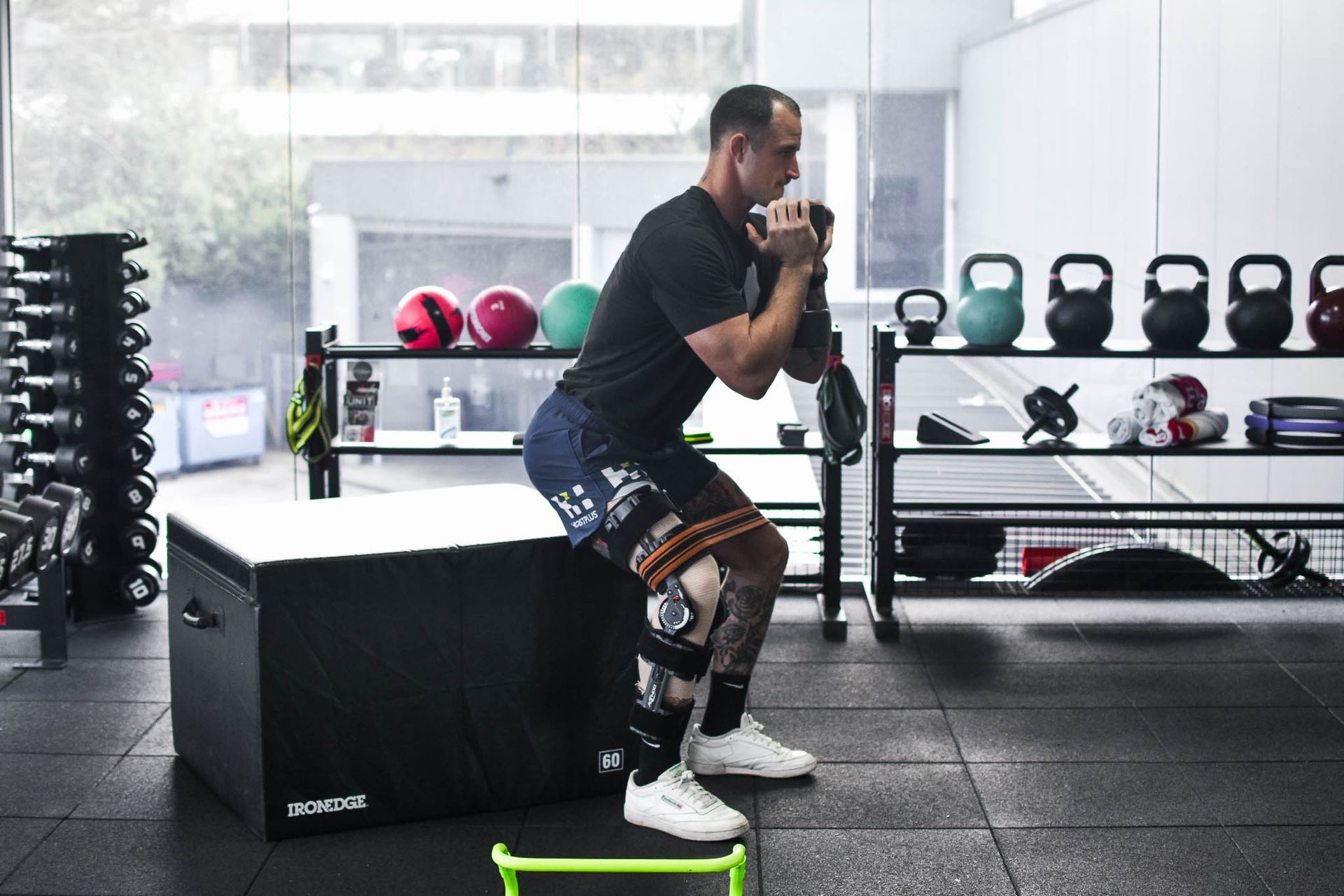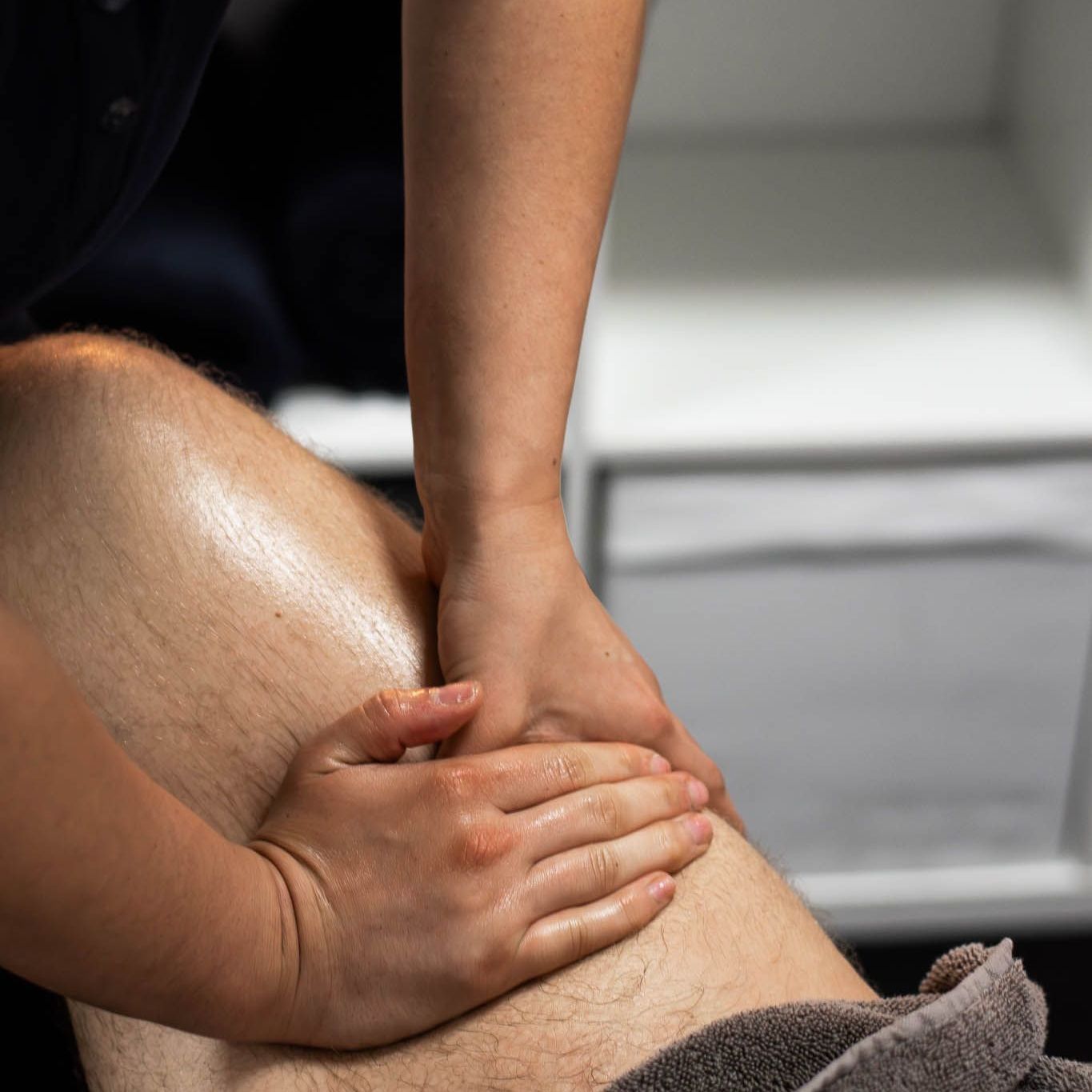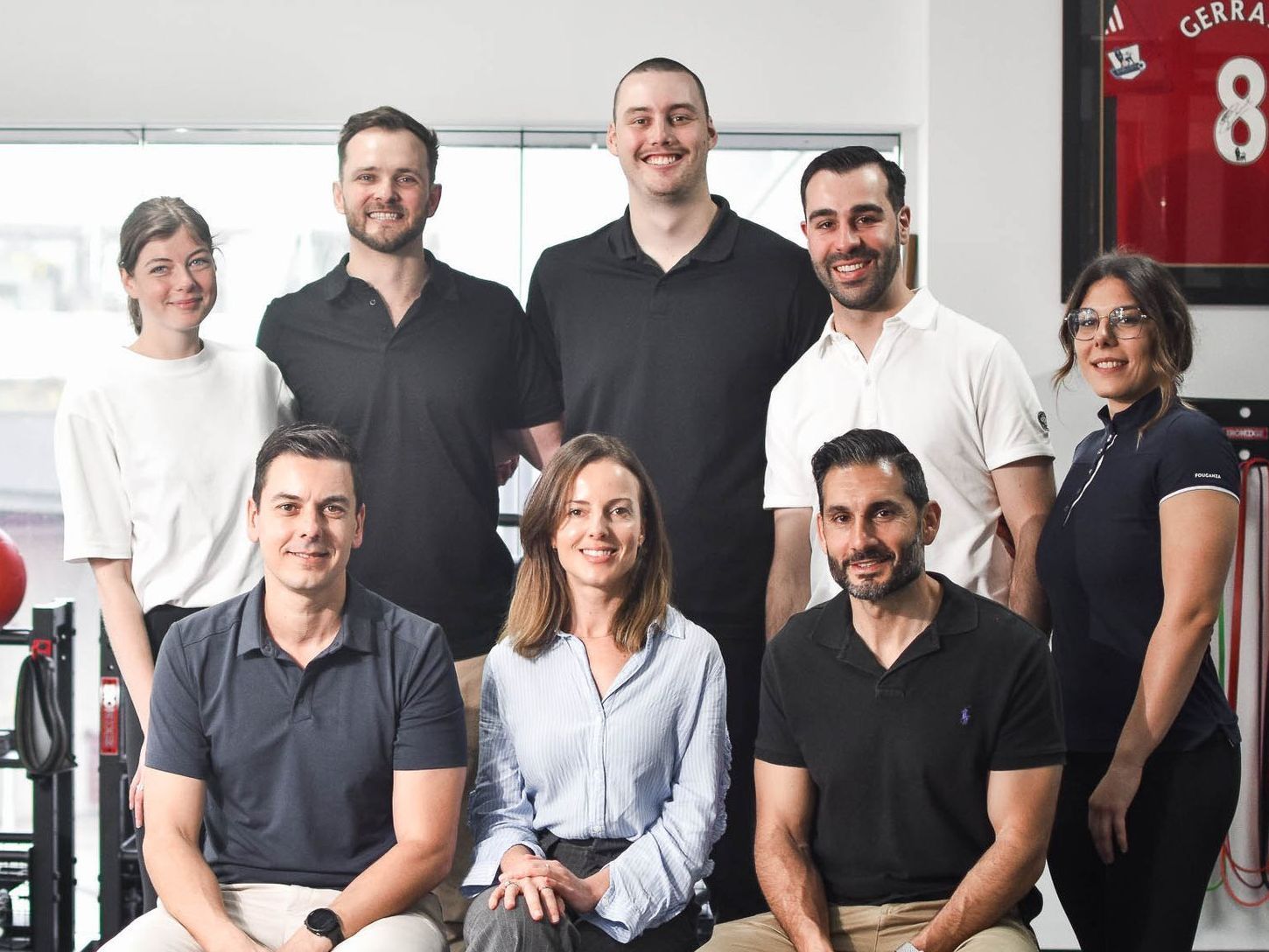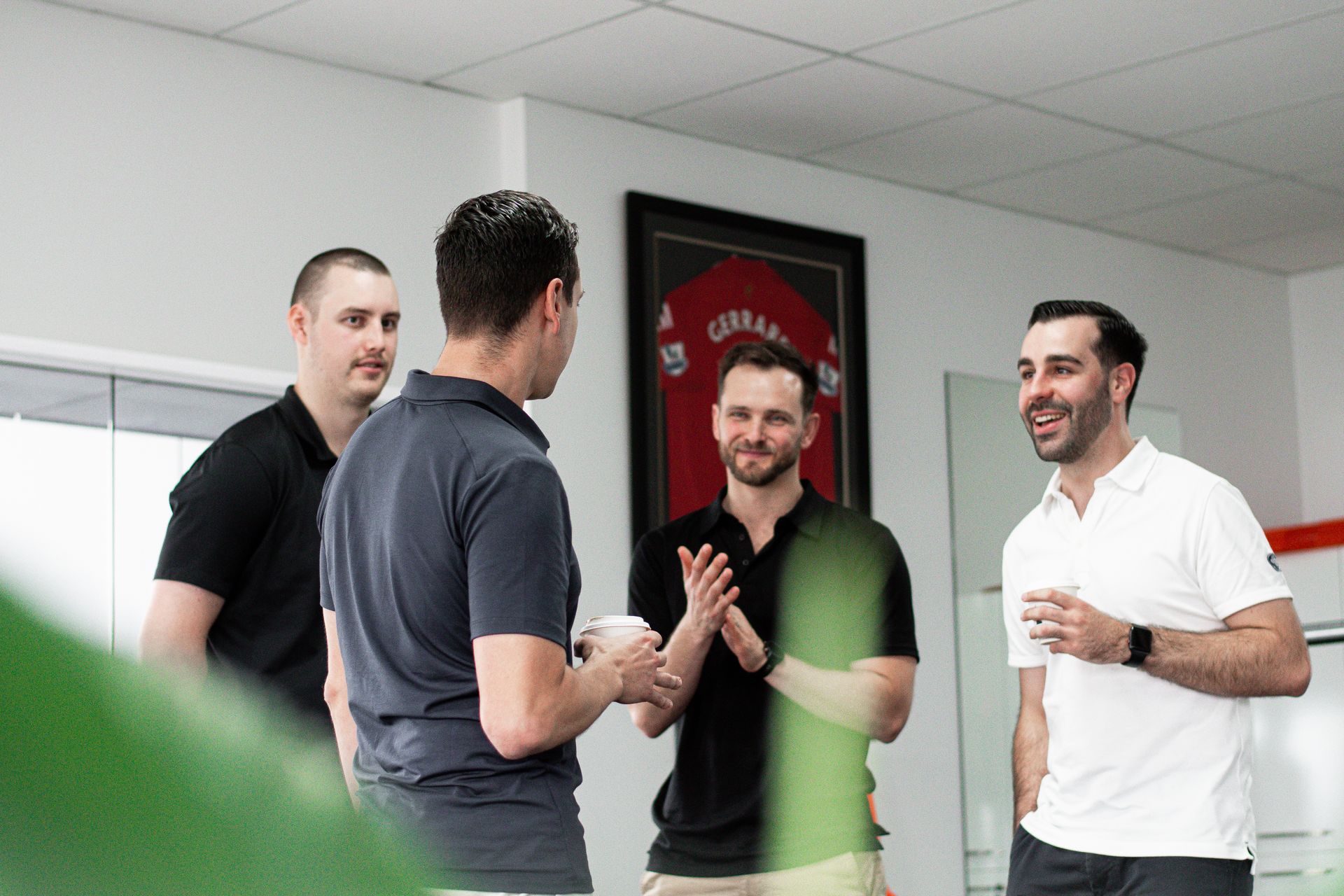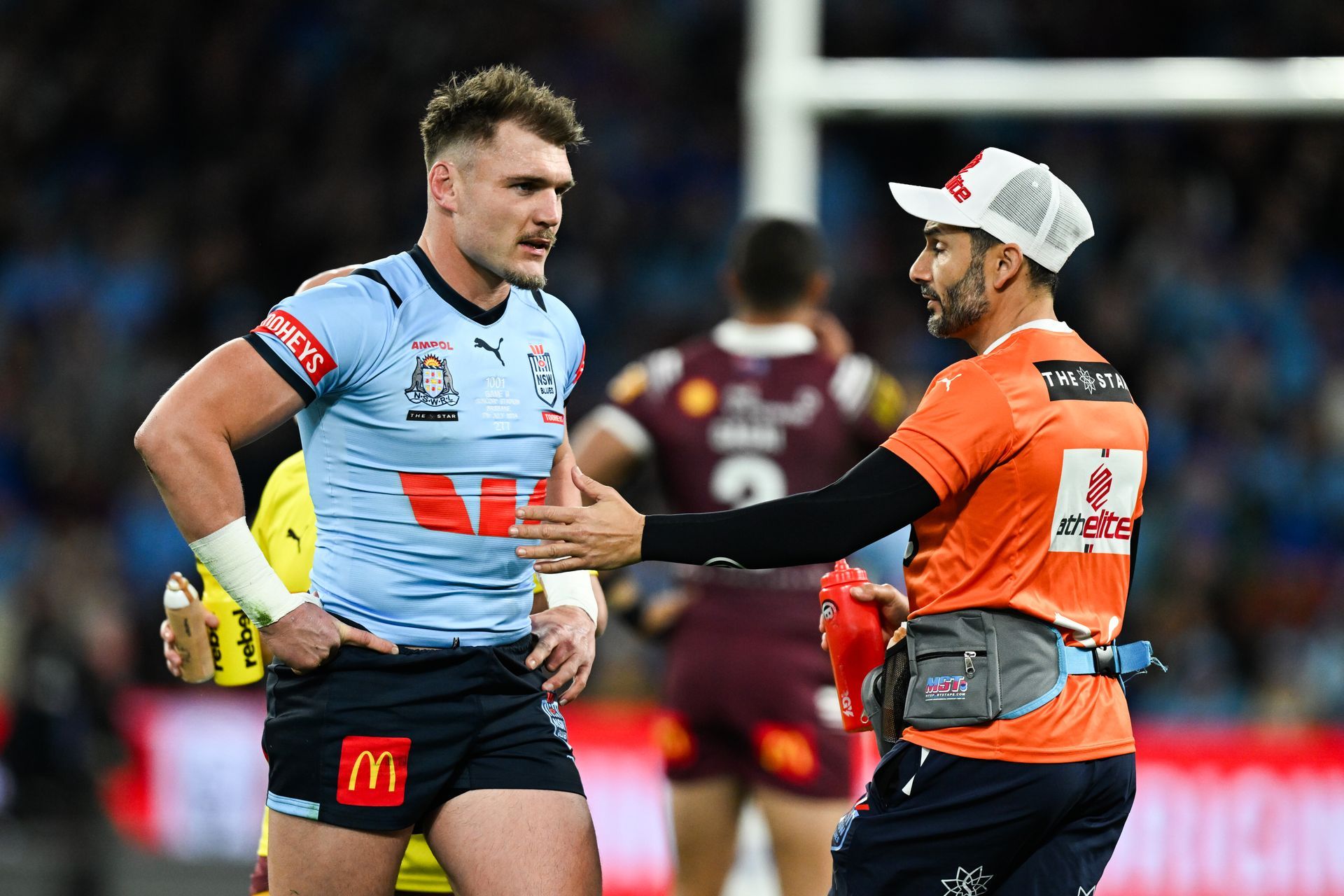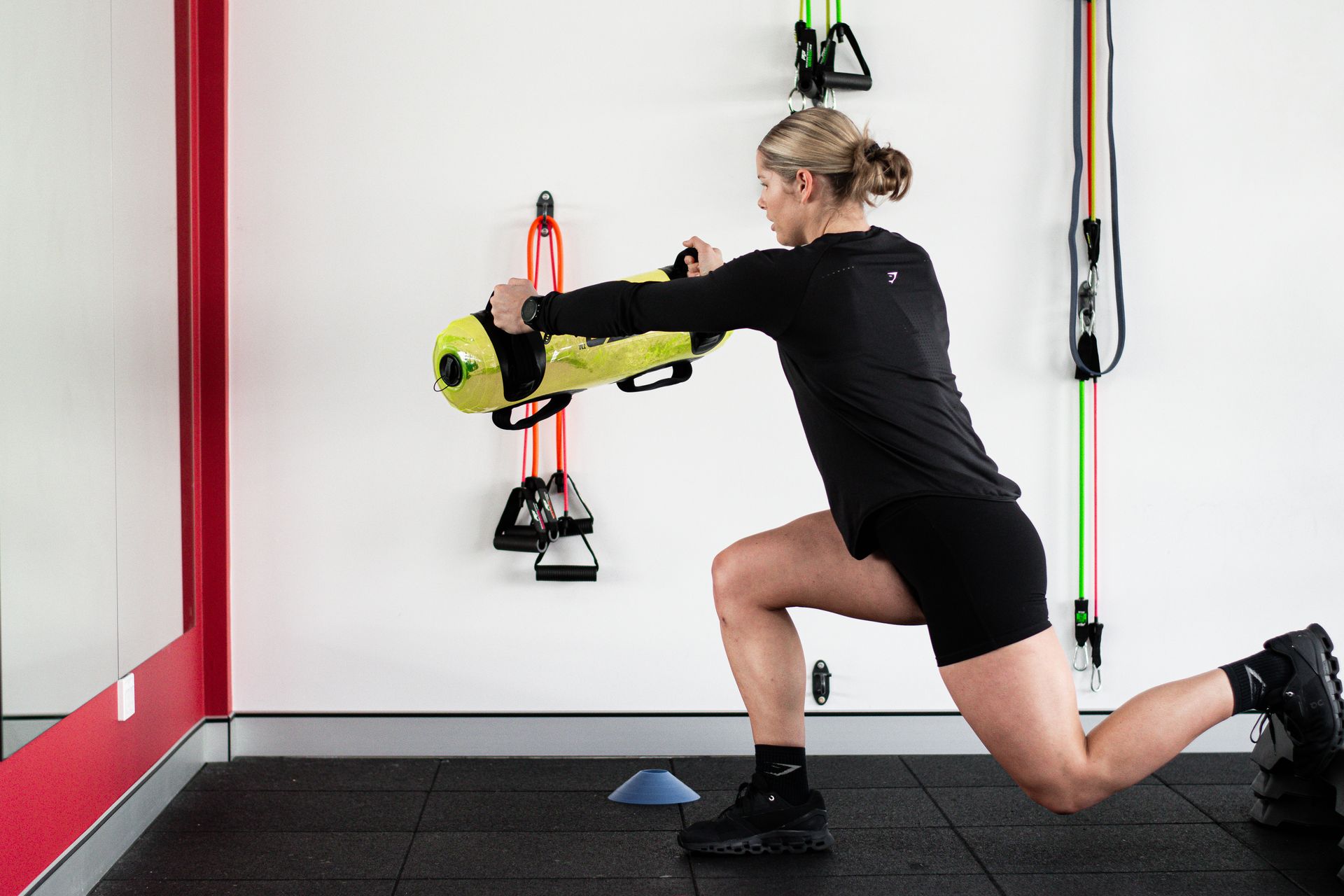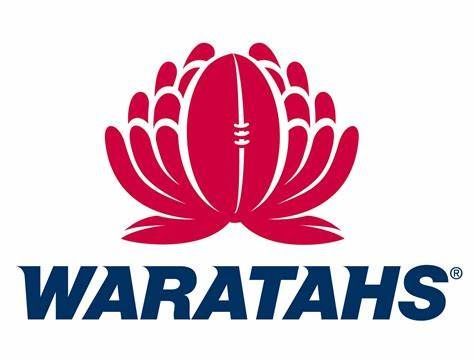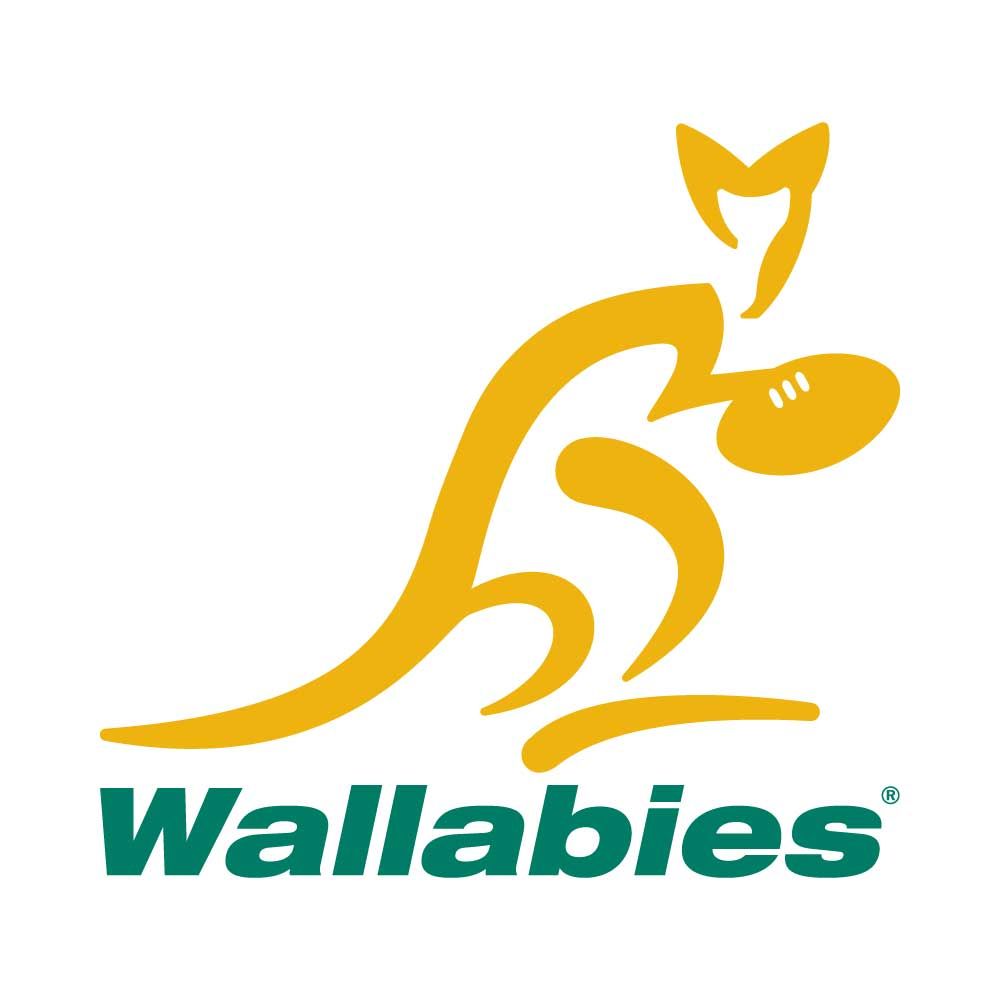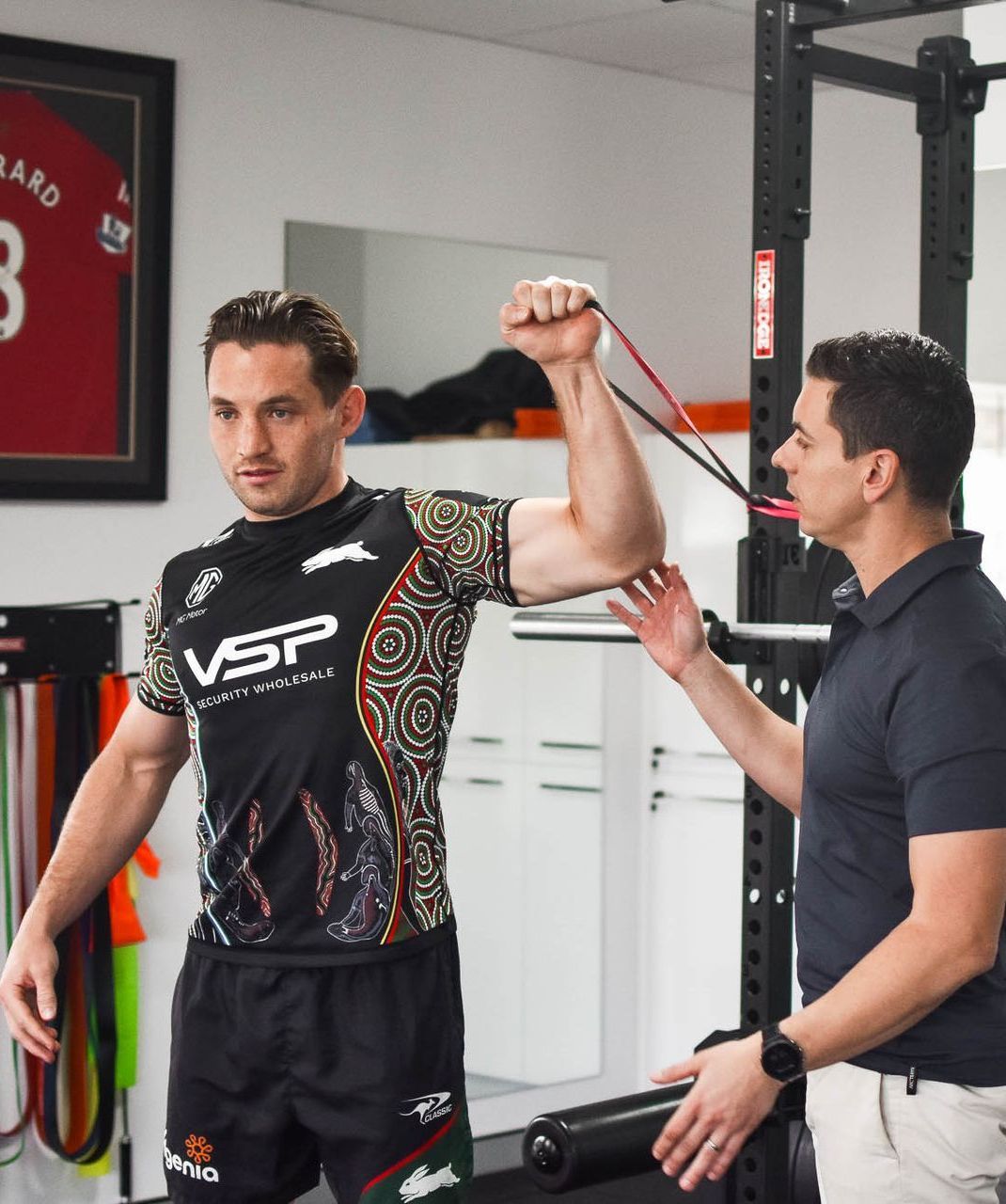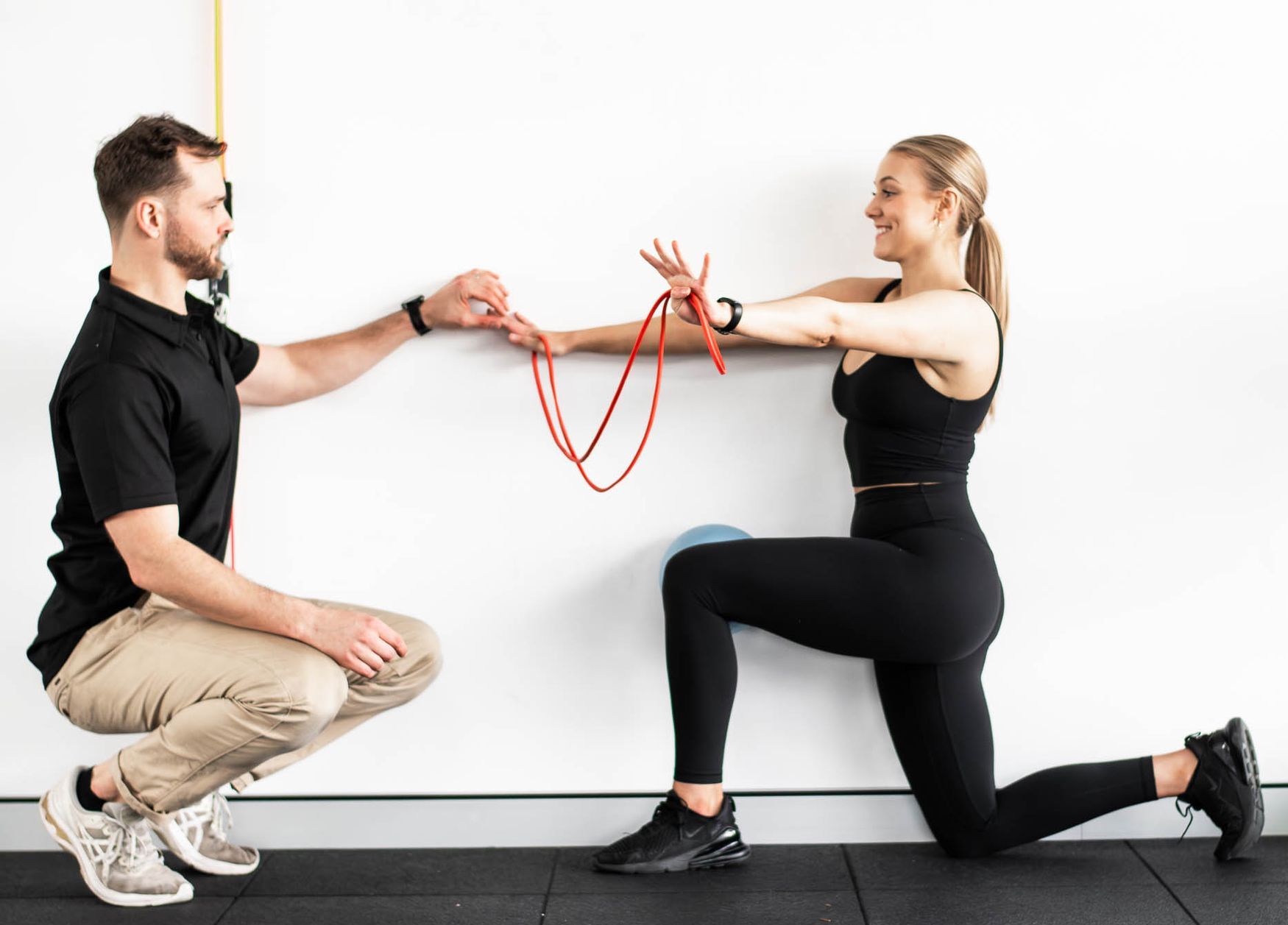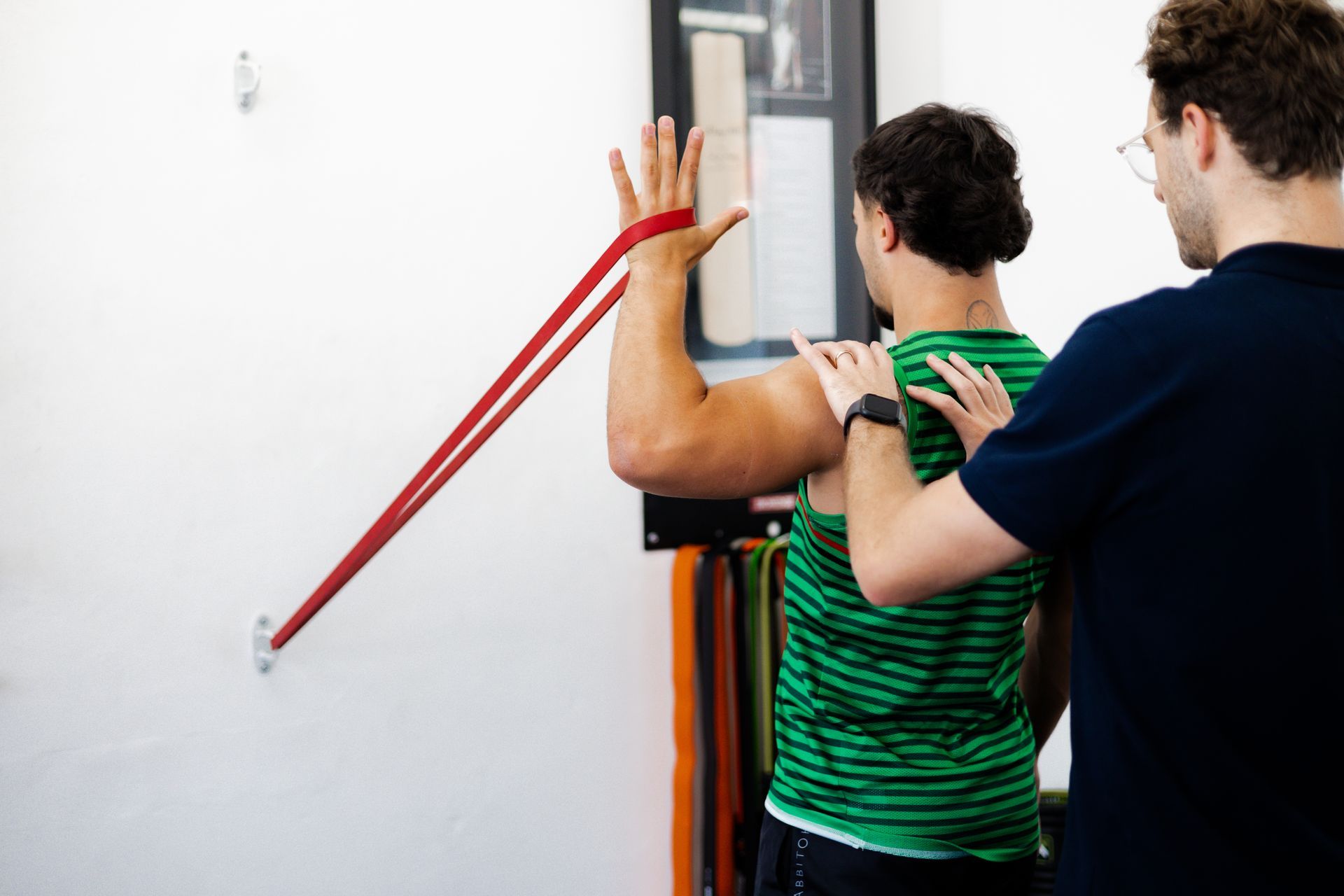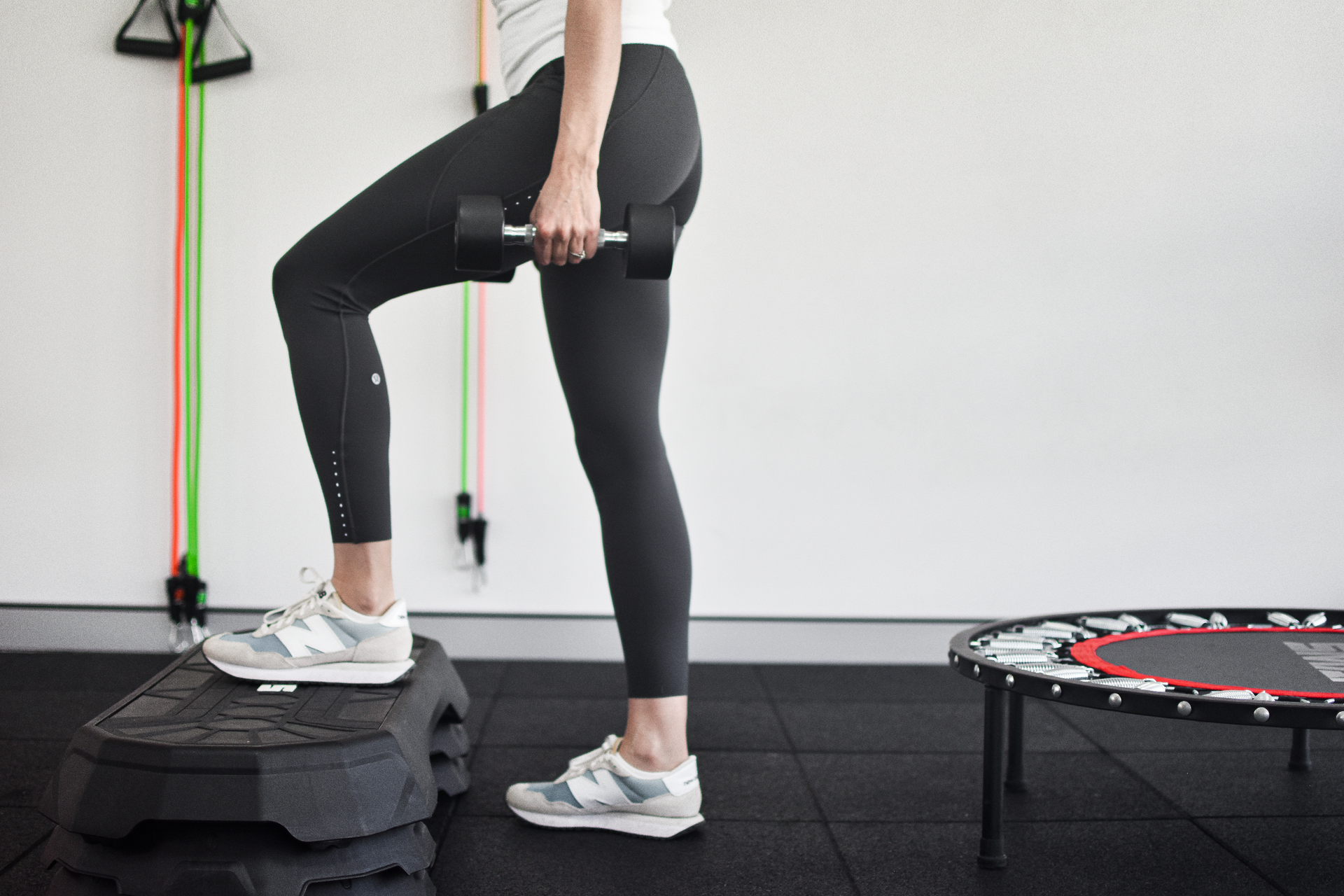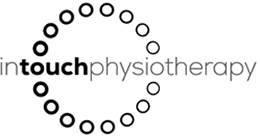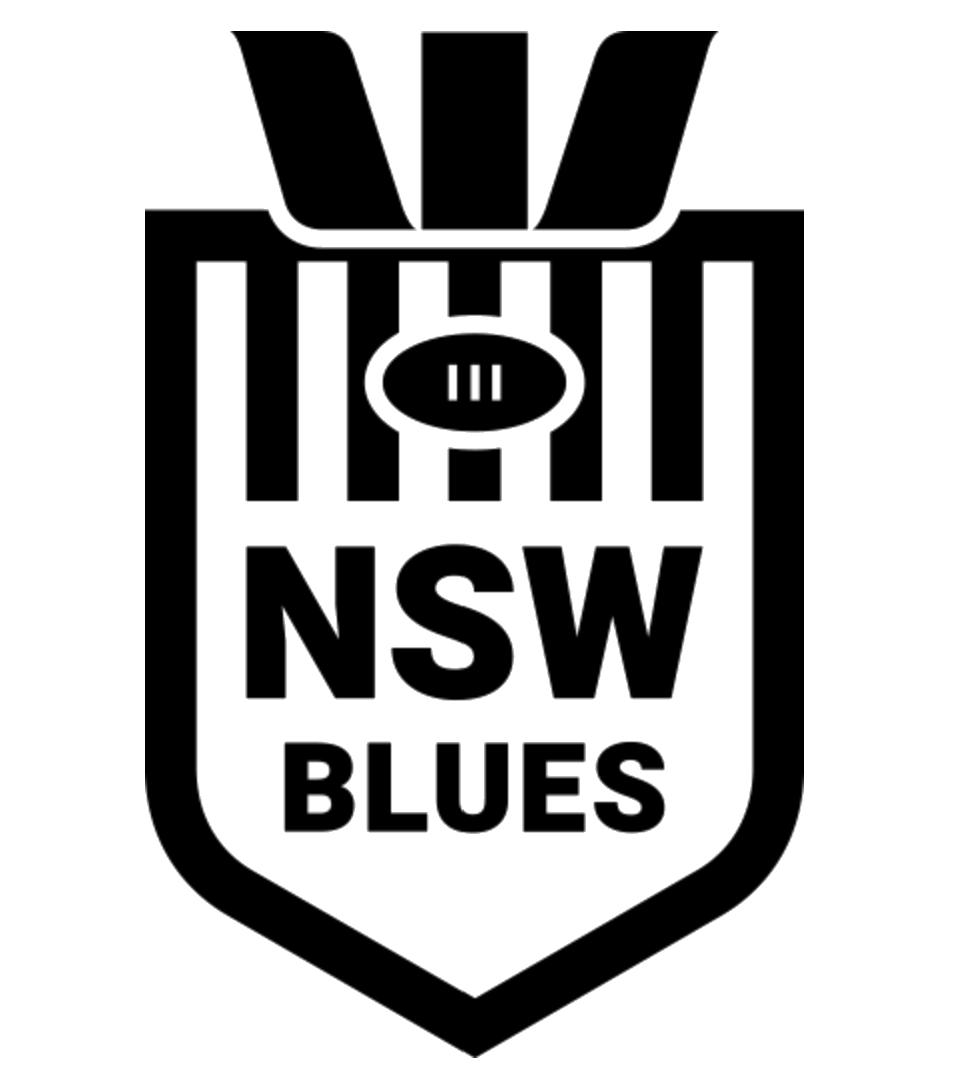ELITE PHYSIOTHERAPY & SPORTS INJURY
for locals, like you
We are an industry leading practice committed to elite, evidence-based care.
Our highly skilled team of physiotherapists and massage therapists bring years of experience working with athletes, professionals, and the local community.
We combine the latest research with clinical expertise ensuring every patient receives expert, results-driven care.
Located in the heart of the inner city, Alexandria Physiotherapy and Sports Injury is an industry leading physiotherapy and massage practice committed to elite, evidence-based care.
Our trusted and expert physiotherapists and remedial massage therapists bring years of experience treating athletes, professionals, and the local community. Whether recovering from injury, enhancing your recovery or improving performance, we provide results-driven treatment backed by the latest research.
Our mission is to improve the health and well-being of our local community by providing best practice and elite level health services. With cutting-edge technology and a fully equipped rehab gym, we create tailored exercise rehabilitation programs to support your recovery and long-term health.
Alexandria Physiotherapy - elite care, for locals like you.
Our Expertise
At Alexandria Physiotherapy and Sports Injury, we combine decades of experience from elite sporting environments to deliver top-tier physiotherapy, rehabilitation, and performance care.
Led by industry leader Eddie Farah, current Head Physiotherapist for the NSW Blues, our team’s background with professional teams like Australian Rugby, the NSW Waratahs, and Olympic athletes shapes our evidence-based approach.
Why us
Tailored Treatment Plans
Every client receives a customised plan designed specifically for their goals, lifestyle, and recovery needs.
State-of-the-Art Facilities
Our modern clinic is fully equipped with advanced tools and rehabilitation equipment to enhance your recovery.
Flexible Appointments
Early morning, evening, and weekend appointments available to suit your schedule.
Our clinic was founded by two renowned physiotherapists, Steve Velovski and Eddie Farah.
Steve and Eddie led the physiotherapy and sports injury department at the South Sydney Rabbitohs for 20 years. Their unique skills and expertise have been instrumental in their decision to bring their services to the community by setting up a state-of-the-art clinic in Alexandria.
Steve and Eddie's journey with the Rabbitohs is a testament to their expertise and dedication. They played a significant role in the team's success, including the monumental 2014 grand final victory. Their experience in this high-pressure environment has equipped them with advanced skills in sports science and rehabilitation, which they bring to the clinic. Their decision to establish Alexandria Physiotherapy and Sports Injury was driven by a desire to share these skills with the broader community, providing the same elite-level care that helped propel the Rabbitohs to success, and give them a reputation for being leaders in their industry.
Their first practice in Redfern, opened in 2016, quickly gained a reputation for excellence. The rapid success can be attributed to their unique approach, dedication to clients, and genuine care for the community. By bringing these qualities to Alexandria Physiotherapy and Sports Injury, Steve and Eddie aim to create a lasting impact on the health and well-being of all patients.
Founded by Eddie Farah and Steve Velovski, the former physiotherapists for the South Sydney Rabbitohs
Alexandria Physiotherapy brings elite sports rehabilitation expertise to the wider community.
With over 30 years of combined experience at the forefront of professional sports medicine, Steve and Eddie played a pivotal role in the Rabbitohs’ success, including their 2014 grand final victory.
Their experience working with professional athletes has shaped their commitment to ongoing practitioner development and in-clinic education.
This ensures that every team member is equipped with the latest knowledge and skills to provide exceptional care to our community.
Our Approach
At Alexandria Physiotherapy, we take a holistic, patient-centred approach that goes beyond treating symptoms—we focus on identification of the underlying cause, targeted injury management and long term recovery outcomes.
Our journey began with a vision to create a multidisciplinary health and injury clinic that not only addresses immediate health concerns but also promotes long-term wellness. Over the years, we have built a reputation for excellence, grounded in our commitment to providing personalised and evidence-based care. This dedication has allowed us to become a trusted name in Alexandria and the broader community.
Education is at the core of our approach, empowering you with the knowledge and tools to manage your health effectively. Our treatment is evidence-based and data-driven, combining hands-on therapy, detailed screening, and personalised exercise prescription.
With cutting-edge rehabilitation technology and a fully equipped gym, we design individualised and progressive programs that restore strength, mobility, and function.
At Alexandria Physiotherapy, we partner with you on your journey to recovery—helping you move better, feel stronger, and perform at your best.
Our team has been trusted by
Expertise
At Alexandria Physiotherapy and Sports Injury, our team brings extensive experience from elite sporting environments, ensuring the highest standard of care for every patient. With backgrounds working with Australian Rugby, the NSW Waratahs, South Sydney Rabbitohs, the NSW Blues, and other professional teams, our physiotherapists apply elite-level rehabilitation, injury management, and performance strategies to all aspects of treatment.
Clinic owner and Head Physiotherapist for the NSW Blues, Eddie Farah, has used his experience in professional sport to shape our clinic’s commitment to clinical excellence. Through ongoing professional development, in-services, case reviews, and joint consultations, we ensure that every member of our team provides evidence-based, elite-level physiotherapy grounded in the latest research and best practices.
We take a data-driven approach to injury prevention, rehabilitation, and performance enhancement. Our clinic utilises advanced strength testing, movement analysis, and evidence-based exercise prescription to tailor rehabilitation programs that target weaknesses, restore function, and improve long-term outcomes.
Our Clinic
At Alexandria Physiotherapy and Sports Injury, we don’t just treat pain. We educate and empower our patients for long-term success through a collaborative approach and continuous management. We focus on getting you back to doing what you love, whether it’s running, swimming, playing netball or tennis, spending time with your kids, practicing yoga, or managing daily work and life demands.
Our state-of-the-art clinic is designed to offer a welcoming and professional environment where patients can feel comfortable and confident in their care. We believe in creating a space that fosters healing and recovery, equipped with the latest technology and facilities. This includes a fully functional gym where we tailor individualised, targeted, and progressive exercise programs to aid in rehabilitation and overall fitness.
We believe that education is a critical component of effective healthcare. Our team takes the time to explain your condition, treatment options, and the expected outcomes. We provide practical advice and strategies to help you manage your health independently. This empowerment fosters a sense of control and confidence, enabling you to take an active role in your recovery and long-term health.
Our latest health blogs
2 HOURS
FREE
ONSITE PARKING
Conveniently located in the shopping complex on the corner of McEvoy and Fountain Street Alexandria, our clinic is located above the busy Woolworths and Dan Murphy’s stores.
